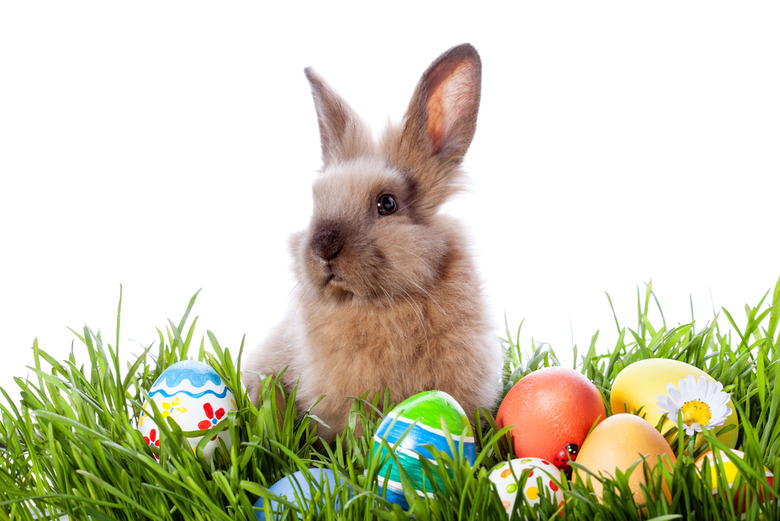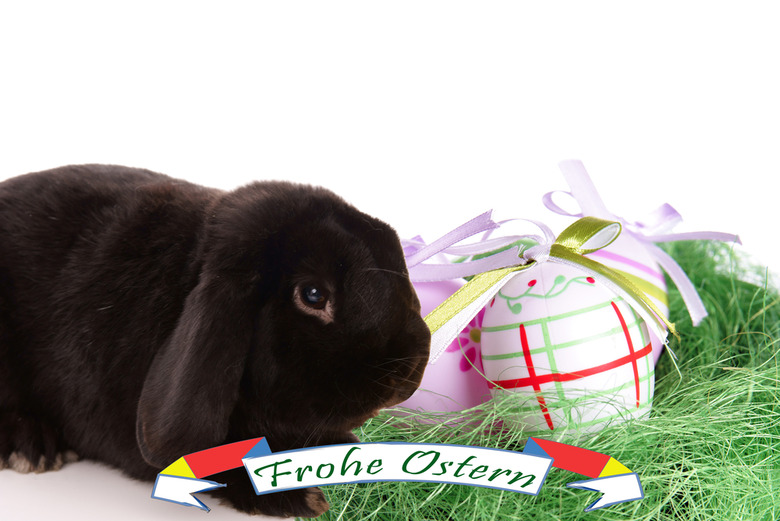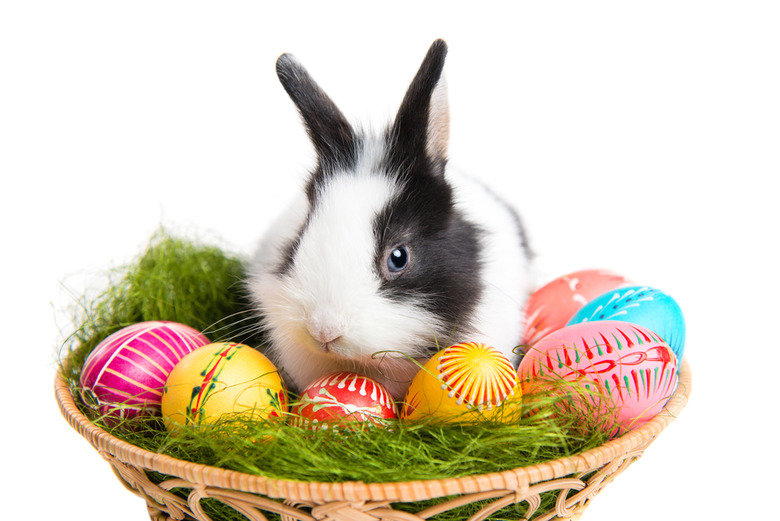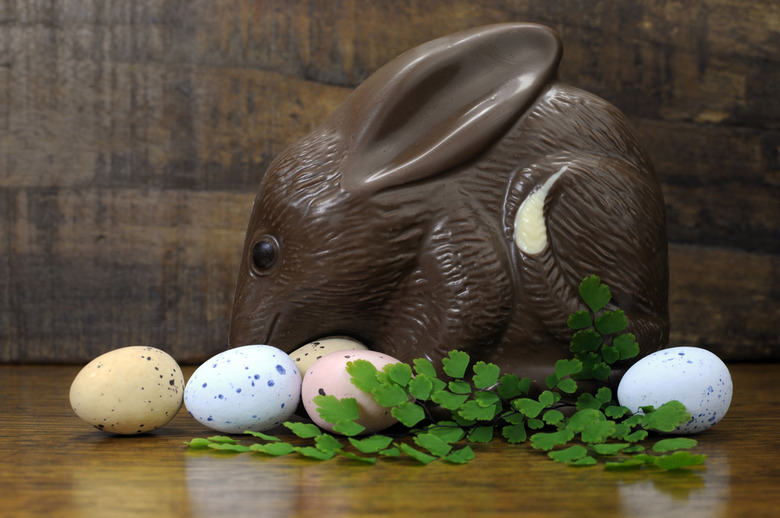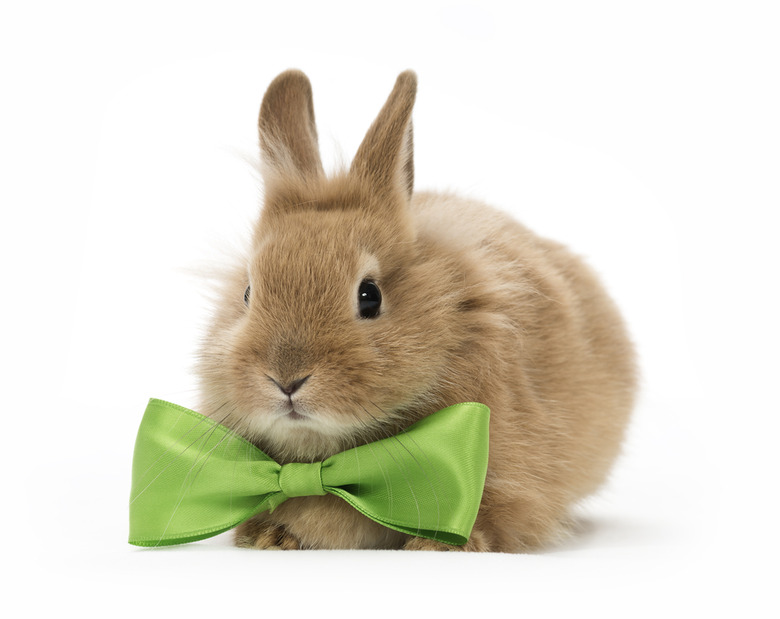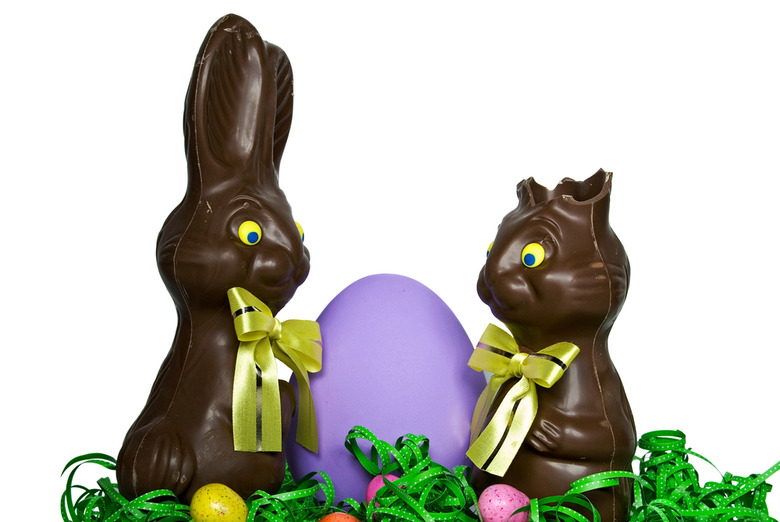7 Things You Never Knew About The Easter Bunny (Slideshow)
While the Easter Bunny has very little to do with the religious history of Easter, it does have some mythological roots. The bunny is a symbol of fertility and spring renewal.
He Is German
The Easter Bunny's origins may be pagan, but he is first mentioned in tandem with Easter in German folklore. Stemming from Ostara, the German goddess of springtime, the German's "Oschter Haws" laid a nest of colored eggs as gifts for good children.
Why He Carries Eggs
You won't find the thumpers in your backyard laying eggs, so why does the Easter Bunny? During the medieval ages, eggs were also incorporated into Easter lore because of their fertility symbolism.
Australia Isn’t a Fan of Him
Rabbits are not indigenous to Australia, but the new symbol of Easter did travel to Australia. After Australia became overrun with rabbits in the mid-19th century, locals changed their symbol of Easter to a bilby, an endangered animal that closely resembles a rabbit.
The Easter Bunny’s Alias
The Easter Bunny is also known as "Peter Cottontail" thanks to the now famous 1950s song written by Gene Autry. "Here Comes Peter Cottontail" was created on the heels of his success with "Here Comes Santa Claus," and tells the story of the Easter Bunny delivering Easter sweets to all the good children.
His Chocolate Form
The Easter Bunny's mythical origin and chocolate origin both began in the same place evidently. While chocolate bunnies were produced in Germany beginning in the 19th century, they didn't go hollow until World War II when a cocoa bean rationing was in force.
He Has a Helper
Santa isn't the only one with helpful worker bees! The Easter bunny may not have as many as Santa, but he does have a reliable cuckoo bird who delivers the painted eggs in Switzerland.
